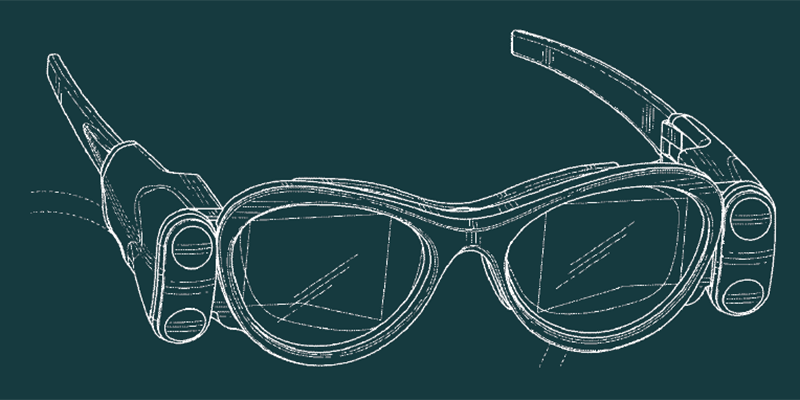A U.S. patent application from South Korea’s Carlson Company Ltd. includes designs for a smart mask that regulates its internal pressure to increase user’s comfort.
The market for face masks grew to over $11 billion in 2020 alone, owing to the COVID-19 pandemic, and is expected to reach $20 billion by 2025. Inventors have been researching ways to improve upon the basic, now-ubiquitous piece of protective equipment; Ford has patented transparent N95 masks that let people communicate clearer, while engineers from Harvard and MIT have prototyped face masks capable of detecting COVID-19.
However, these proposed variants fail to address a common complaint: face masks tend to cause discomfort, especially among people not in the habit of wearing them before the pandemic. Breathing difficulties, skin irritation, and even feelings of claustrophobia may dissuade an individual from using a face covering. This choice has been shown to carry social ramifications, especially in areas with mask mandates.
Manufacturing face masks with comfort in mind could potentially help minimize the divisiveness around a simple safety precaution. Carlson’s patent application suggests creating a face covering that monitors the air pressure inside and outside of the mask, and balances them out using a built-in electric fan.
The mask would come with two valves: one equipped with a fan for air intake, and another that serves as an exhaust. The valve’s opening and closing mechanisms, as well as the air pressure sensors, are linked to a control unit that determines when they should be activated. This airflow feature may help prevent the excessive sweating around the mouth that mask wearers tend to experience, a side effect that could lead to a higher risk of infection.
The control unit also receives and stores data on a wearer’s breathing characteristics. A communication module sends this information to a wireless communication device, possibly a smartphone. Collected data may be presented as characters, figures, and graphs, along with corresponding timestamps and GPS location collected by the face mask. The breathing characteristic is used to determine the breathing state of the wearer which in turn controls the fan speed to maintain a target pressure.
The patent application says the smart mask may be used to filter particulate matter encountered in both daily life or an industrial field. The invention may feature a dedicated sensor that collects information on tiny air pollutants.
The invention claims to improve the smart mask through functions that not only make breathing easier, but also collect, communicate, and utilize information on the wearer’s state or environment.
The featured patent application, “Smart Mask and Smart Mask-based Service System,” was filed with the USPTO on December 17, 2020 and published thereafter on June 24, 2021. The listed applicant is Carlson Company Ltd. The listed inventors are Yong Geun Kim and Kyung Hwan Kim.






